TIFS Reflects Structural Change in Taiwan's Furniture Industry
"Metal furniture is the niche where Taiwan companies maintain growing competitiveness," says TFMA Chairman Ruca Chien
2012/06/22 | By Michelle HsuThe Taipei International Furniture Show (TIFS), organized by the Taiwan Furniture Manufacturers' Association (TFMA), is the place to go to find out about changes in Taiwan's furniture industry.
TIFS 2012 was held on February 17-20, as usual at the Taipei World Trade Center (TWTC). Starting out 23 years ago as an export-oriented international trade show, TIFS has gradually metamorphosed into an event in which an increasing percentage of exhibitors appeal to the domestic market.
This reflects changes in the island's furniture industry, in which most export-oriented companies have relocated their main production lines overseas and those staying at home have turned their focus to domestic sales partly because, thanks to their shrunken operational scale, they are no longer able to handle big orders from foreign buyers.
Taiwan companies used to be classified into two categories: export-oriented firms that focused primarily on OEM (original equipment manufacturer) production for foreign buyers, and domestic market-oriented firms that targeted local consumers. The former mostly made western-style furniture on order from foreign buyers, whereas the latter produced furniture to fit the lifestyle of local consumers.
Structural change in the industry has gradually blurred the line between the two categories. Today, almost all of the companies staying in Taiwan cater to the domestic market but welcome export orders if the volume is not beyond their production capacity.
At TIFS, the products on display are very “international.” Besides made-in-Taiwan items, they include products turned out by the offshore production facilities of Taiwanese firms that moved overseas in response to shortage of labor and materials on the island. There are also an increasing number of local agents of foreign furniture and furnishing brands, adding to the diversity of the exhibits.
TFMA Policies
In response to the increasingly domestic flavor of the show and the need to explore offshore business opportunities, and to expand the scale and scope of the event, TFMA Chairman Ruca Chien reported, the association has been considering the feasibility of inviting organizers of other Asian furniture shows to join TIFS.
The Association has also been helping its member companies to explore international sales opportunities by organizing Taiwan pavilions at other international shows, Chien said.
With the financial and sovereign debt crises causing turbulent market conditions in the U.S. and Europe, the TFMA emphasizes the importance of emerging markets like Russia, Romania, Indonesia, India, and Brazil in organizing overseas exhibition trips for its member companies.
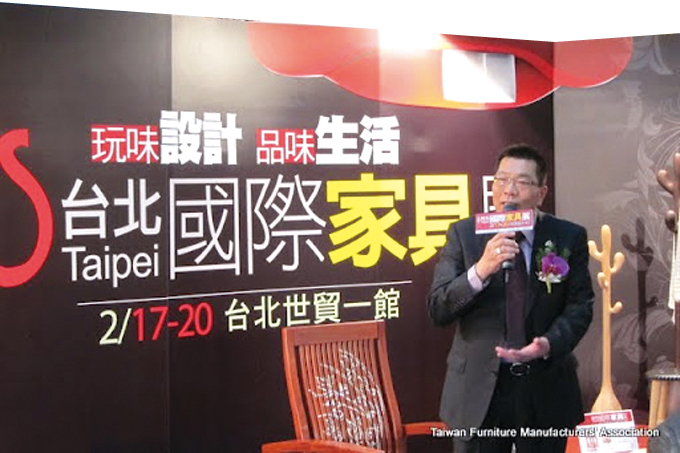
“Metal furniture is the niche where Taiwan companies can maintain their competitiveness,” commented Chien. “This is partly thanks to the stable supply of metal on the island and the superiority of Taiwan producers' metal processing technology.” Furthermore, he added, metal furniture is popular in emerging markets.
While the venue will likely remain the same, the dates of TIFS may change to mid-autumn, from late February or early March now. “We're thinking about moving the time of the show to September, when it will be better able to highlight the market trends of the coming year,” Chien explained. The change will take time, if it happens at all.
Because of the changes that have transformed it, TFMA Executive Director Walter Chiang no longer expects the show to draw as many foreign buyers and visitors as before. Instead, he suggests, the show should adjust its role to accommodate the change in its nature.
“We can take it as a venue for corporate image promotion,” commented Chiang, who is also chairman of the Wei-Barng Wooden Industrial Corp., which focused on making export-oriented furniture in its early stages but switched to importing furniture around 20 years ago.
“Since most Taiwan furniture companies no longer serve as mass OEM producers and instead are engaged in making products of their own design,” Chiang said, “the TIFS should shift its role to reflect this structural change in the industry. It can be rearranged as an event where furniture designers can introduce their new works, held in conjunction with related activities like industrial forums where industry experts discuss and exchange viewpoints about market trend and industrial development.”
Impressive Exhibitors
Chiang himself is an amateur painter, and last year he started to develop his own furniture designs. He debuted his first designs at this year's TIFS—a table, a partition board, and a decorative table-bottom board, all made of reclaimed Taiwan cypress and featuring the natural beauty of the wood. “I keep each of my pieces at least 50% natural,” Chiang said.
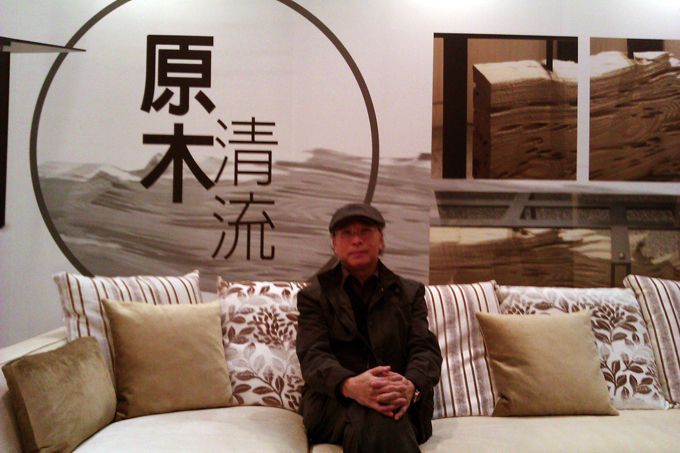
Seeing the structural change in Taiwan's furniture industry, Chiang switched to importing furniture in 1986 and has since gradually developed three major trademarks for three separate enterprises under the group—Z-Ten Classical, MIDI Furniture Collection, and Alexandra Home Décor Collection. This year the Wei-Barng Group will add an art gallery as a permanent showroom to display the works of artists including Chiang himself.
The Formosa Design Center, another major exhibitor at the show, introduced several high stools models this year. “Each of these models,” said Meng Ta-hsien, the company's chief designer, “featured a concave top and extra tall legs, making them suitable for both residential and commercial places.”
.
The Formosa Design Center is a successful example of a company that has made the transformation from a furniture producer to a design-oriented firm that is especially good at providing packaged solutions combining furniture and interior design.
“This combination of furniture and interior design services provides an opportunity for furniture designers to show off the features of their furniture against their interior designs,” commented Meng.
Yung Shing Furniture, one of Taiwan's major producers of solid wood furniture, has tried to add diversity to the styles of its furniture by mixing in other materials like rattan and bamboo. At this year's TIFS, the company introduced several new models of chairs and tables featuring a combination of wood, rattan, and bamboo. Besides adding diversity to product styling, a rattan seat also gives users a very different feeling from wooden seats, evoking nostalgia for earlier times in Taiwan when rattan chairs and tools offered a lower-cost alternative to solid wooden products.
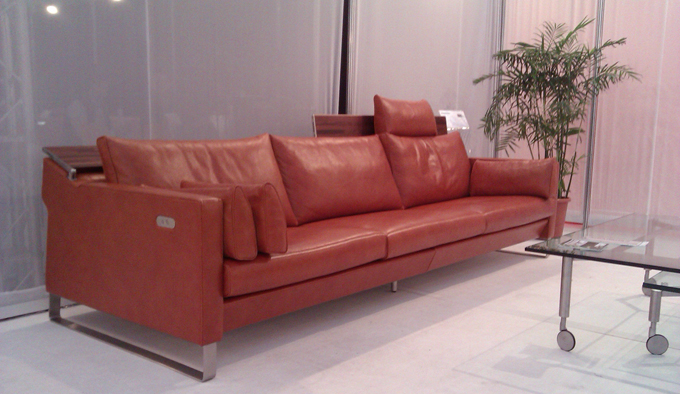
The Soflex Furniture Industry Co., a local upholstery maker, has held to its traditional role of a specialized producer of genuine leather upholstery even as the industry has transformed. The company turns out quality hand-made sofas and is one of the few Taiwanese sofa makers which still acts as a contract manufacturer for leading European upholstery brands.
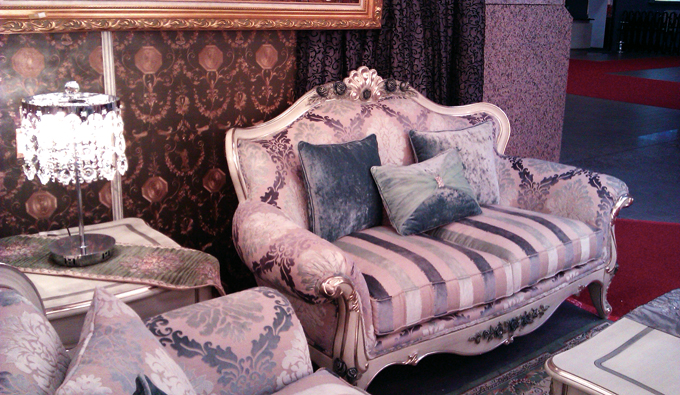
Innovative Materials
Dreamer Furniture, which once focused on domestic sales, introduced several new models of vintage French-style sofas made by its offshore production line in Indonesia. The sofas look almost identical but actually come in two versions, one with real wooden frames and the other made of POM plastic--the so-called “steel wood.” The former is hand-made while the latter is made by plastic processing machines and finished off with manual painting.
According to the company, POM plastic is used as a moisture-resistant alternative to wooden construction materials, but is not commonly used in making furniture mainly because it is mass produced by machines and is not generally well suited to small-volume furniture production. Dreamer Furniture, however, took the bold step of adopting POM plastic for making furniture, using it as a lower-cost alternative to real wood.
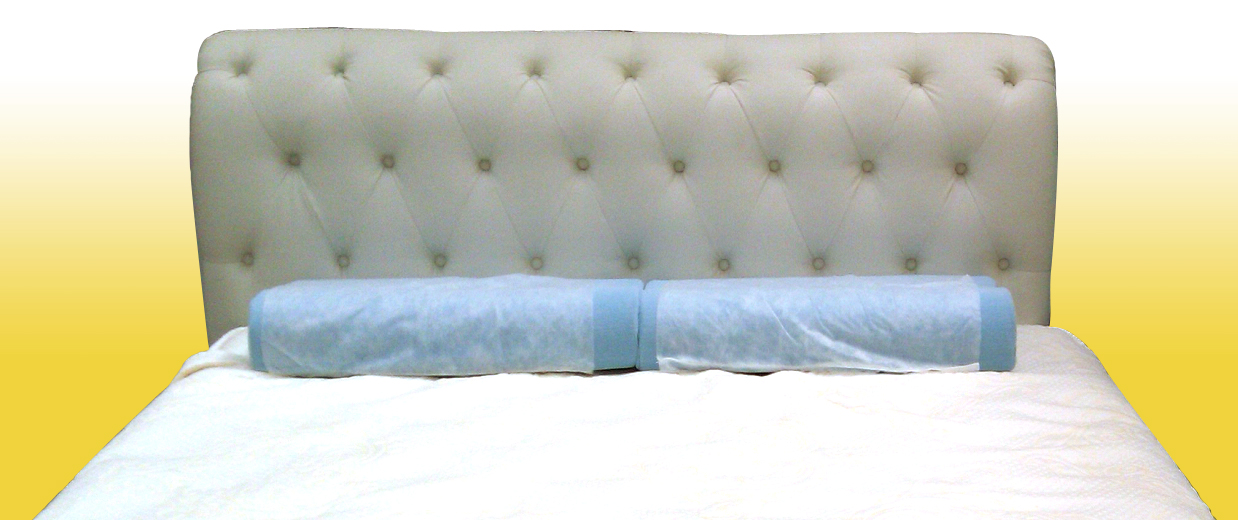
The IDJ Hi-Tech Materials Co., which once operated as an OEM supplier of material to mattress makers, has now developed several mattresses and chair pads of its own. They were introduced at TIFS 2012.
The company claims that its mattress is made with unparalleled foaming technology that makes it resistant to moisture, heat-absorbent, pressure-relieving, toxic-free, and fire-retardant.




